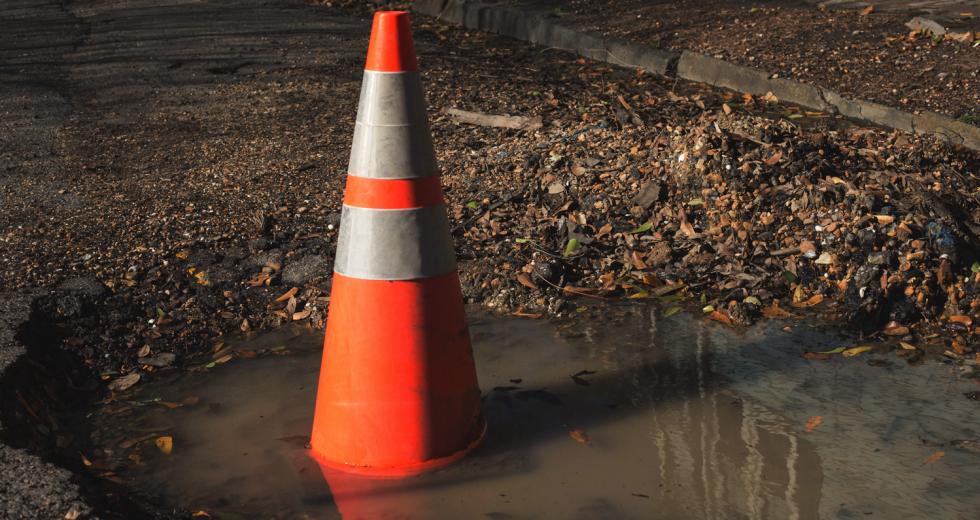I was so glad when the rains returned this fall. After five years of drought, I’m sure many of you felt the same way when those first drops started falling. But enough is more than enough. We are now on our way to a record rainfall this year, with more potentially to come.
Normally, we all would be grateful for full reservoirs and fast-moving rivers. The abundance of water generates efficient hydroelectric power and ensures that agriculture and manufacturing industries that rely on water will have what they need to get through the year.
The recent emergency at Oroville Dam is evidence of just how effectively water can overpower our best-made plans to channel Mother Nature — and how much strain our flood control system is under. It is important to note, of course, that the Oroville Dam was not in danger of failing. But the spillway, designed to direct the overflow when Lake Oroville is full, buckled and fell apart like a broken sidewalk.
We all know the power of water. The pit where the spillway once sat is, by pothole standards, Grand Canyon-sized. Large earth-moving equipment working to clear the debris got swallowed up in the chasm and looked like Tonka Toys from a distance. The problem was aggravated by the design of an emergency spillway that is not much more than an earthen hillside.
According to the Association of Dam Safety Officials, there are 16,000 dams nationwide ranked “high-hazard,” a category that would have disastrous consequences if they fail. The Association puts about half of California’s dams, about 678, in that category; Oroville is one of them. At 49 years old, it is about the average age of the nation’s dams, according to the Association of Civil Engineers.
When it was built in 1968, it was near the end of an infrastructure construction boom in California that included filling gaps in its interstate highway system, dams, and the California Water Project, which is critical to Central Valley agriculture. We have largely taken the system for granted ever since.
Oroville Dam was built to state-of-the-art standards back in the day, but much has changed in nearly half a century. There are many more people — and much more economic activity — in the path of potential destruction. Climate changes may already be influencing the boom and bust cycle of wet and dry years that have always plagued the state. Our flood control systems are supposed to hold back a “once in a hundred year” storm. We have had three of those in the last 20 years.
Infrastructure — roads, bridges and dams — is the backbone of any economy. Business can’t function without it. The Association of Civil Engineers estimates that nationally, defective or failing infrastructure will cost the average family $3,400 a year over the next decade.
We don’t yet know the economic impact on the 200,000 people who were evacuated from Oroville, shutting down an entire town for a few days back in February. Nor do we yet know the cost of delays on Interstate 80, shut down for days because of mudslides, or restricted traffic on a section of Highway 50 that eroded away, a problem that likely will affect tourism in Lake Tahoe for most of the summer.
State officials are looking to spend up to $1 billion to fix storm damage this season, including hundreds of millions of dollars at Oroville. That likely is just a down payment on the billions of dollars of infrastructure investment we need for the next 50 years.
The return on that investment is keeping California in business. As the situation in Oroville suggested, the cost of not investing could be too high to predict.




Comments
What we don't need right now is Jerry Brown's Delta Tunnels boondoggle.
Safety First.
We need to make California's water system safe by repairing existing infrastructure before we spend another dime on a gold-plated set of tunnels to largely serve big agricultural interests exporting nuts to Asia.
All that high hazard dam means is that if the dam were to come down property and lives would be lost. It is not saying anything about the dam integrity.